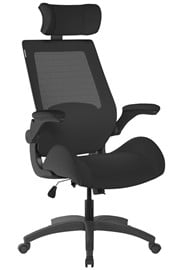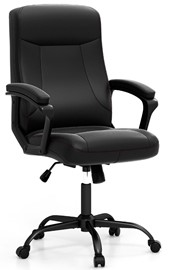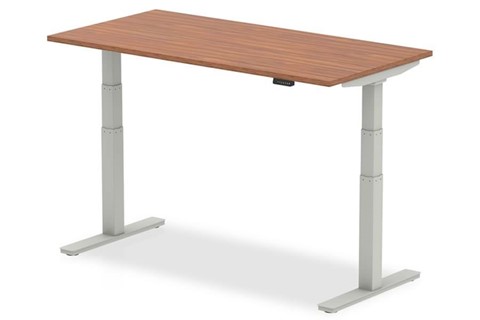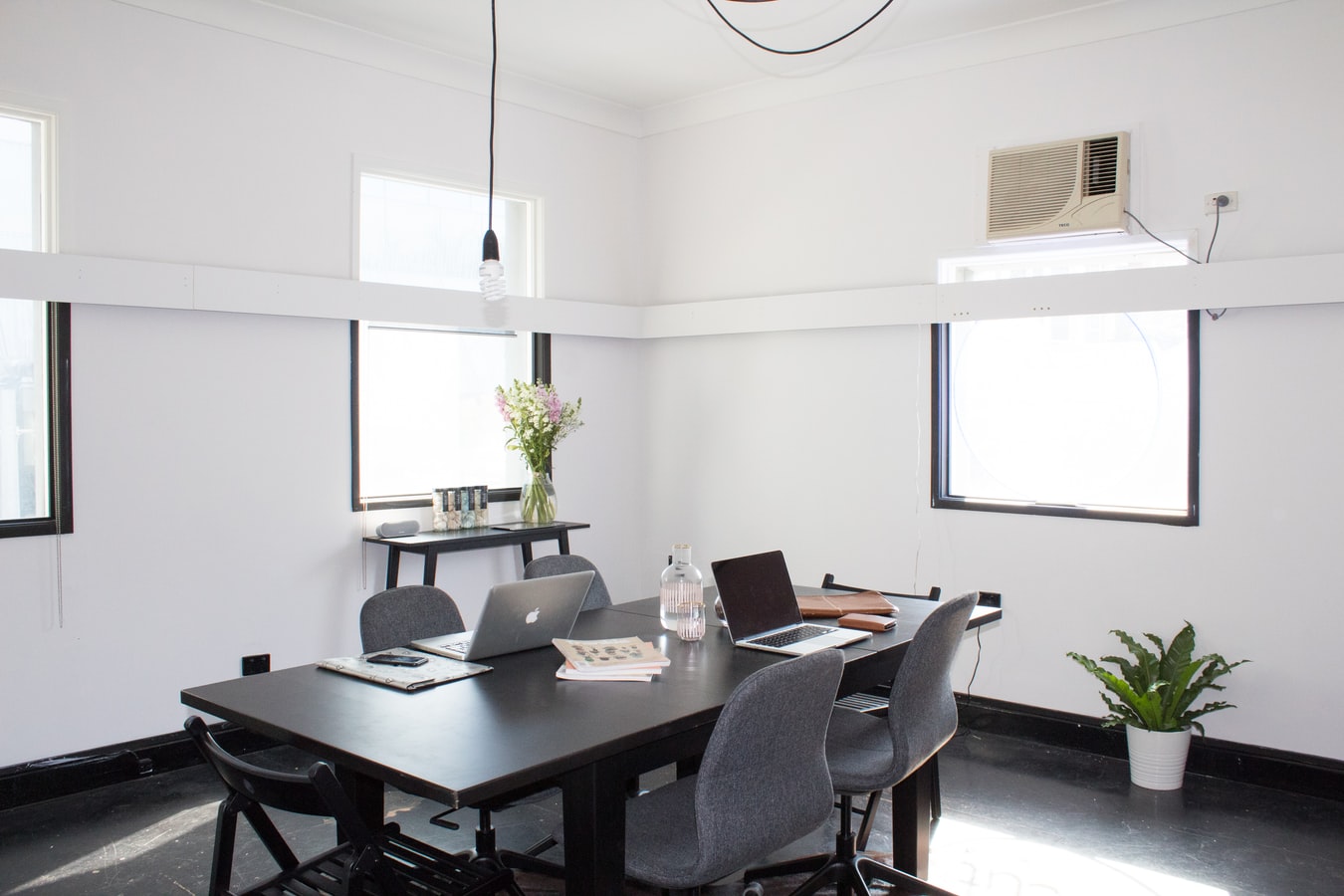What is Ergonomics? Ergonomics In The Workplace
You might not know what ergonomics is, so let's start with a definition:
Ergonomics is the study of designing equipment and jobs to suit the worker for maximum efficiency, comfort, performance, and safety. Ergonomic principles can be applied to most types of work that involve sitting or standing at a desk or other workstation.
Ergonomics is not a new concept, as it has been around since the early 20th century. Everything you see that is man-made has been specifically designed to fit the end-user. From the curves on your pen to the shape of your room, ergonomics is all around you.
For work purposes, ergonomics can help increase our comfort and performance while decreasing the risk of injury or stress-related problems.
The term 'ergonomic' doesn't mean that it's fit for human use. It means that special attention has been given to the design of the object to best suit its intended use.
New technologies have made ergonomic considerations even more important as computers and other digital devices are now used constantly in our work lives.











